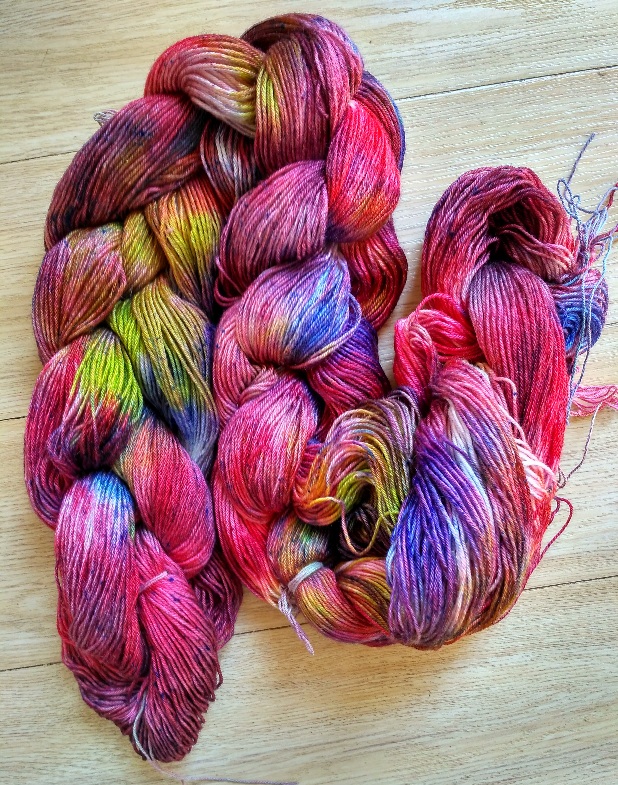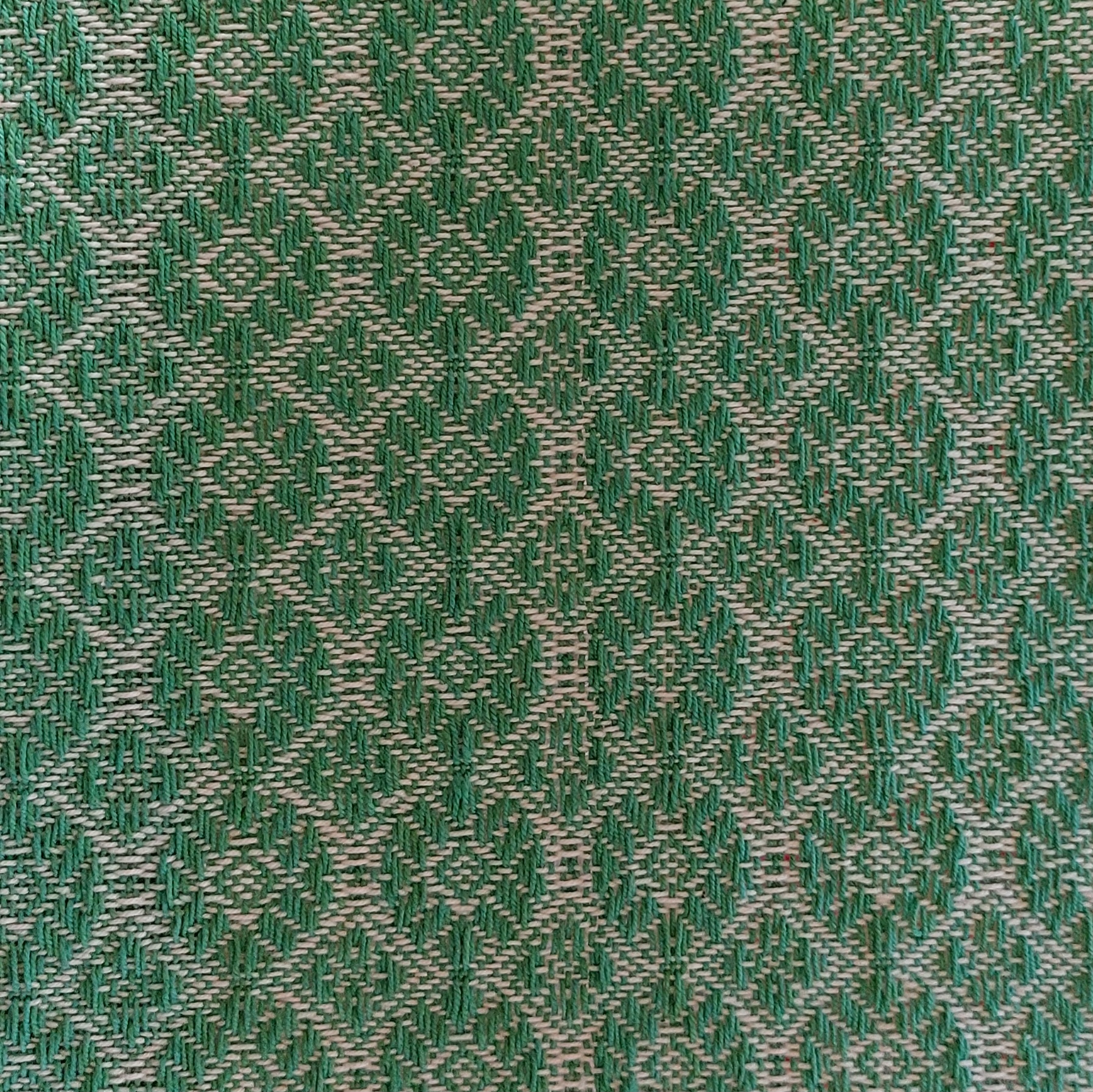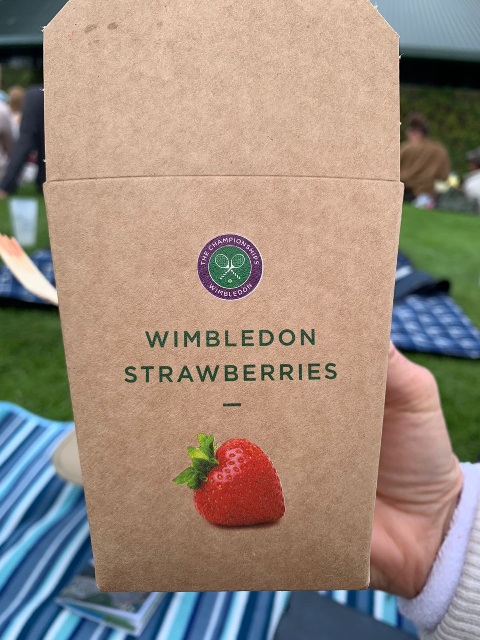This is a post written in 2020, The Year That Was!!!
The Pretoria Weavers Guild end-of-year meeting in November 2019 included a competition of wearables. This is a lead-up to the 70th anniversary of the Pretoria Weavers Guild Exhibition (edit – taking place in Oct/Nov 2022 at the Pretoria Art Museum because of the disruptions from COVID) for which we are planning an exhibition of handmade wearables.The wearables can be woven, knitted, crocheted or made with other techniques. The main criterion is that if the item is not woven, then the yarn that is used must be handspun.
I had woven a piece of fabric a couple of months before and decided to use that for a jacket. A friend gave me some patterns I could use, but I had to discard that idea as the finished fabric was too heavy for a nice tailored jacket.
The fabric was made by weaving a black weft on a hand-dyed woollen warp.

I started off by weaving with a black woollen weft yarn the same thickness as the warp (also hand-dyed), but the pattern definition was not so great. I then dyed a thicker woollen yarn in black and tried that. The pattern definition was much better, so I wove the rest of the warp with the thicker weft. It meant that I had about 1/3 of the fabric made in the thin wool, and 2/3 in the thicker wool, ie not enough for an entire jacket in one pattern! So back to the drawing board…

Years ago I had bought a pattern-making kit that can be used to make jackets, trousers and skirts (3 different kits but all working on the same principle). I decided to dig it out and try my hand at designing my own jacket. I had to accommodate the two different sections of the woven fabric, without making it into a clown outfit!
I first made a mock-up of the jacket in some pretty blue fabric I had in my stash.

I then modified my paper pattern to suit the woven fabric, bearing in mind the weight of the fabric. I designed a cap-sleeved jacket with pockets. It is lined in a patterned viscose, and I made a piece of piping with the lining fabric to finish it off .


I could not make woven facings of the woven jacket because
(a) it would be too heavy and
(b) I didn’t have enough fabric!
This is the finished jacket:



Points I learned from this exercise:(1) make a more lightweight fabric, ie use a looser sett when weaving
(2) use a pattern that does not have so many skips in it. These skips became a problem when I was sewing it up and they sometimes got caught in the sewing machine foot and other parts of the sewing machine
(3) choose a simple garment pattern so that you do not have too many seams as they just create bulk
(Edit – the jacket was sold at an exhibition at Tina Skukan gallery in 2021!)
I still had some fabric left so I used it to cover a bar stool that had a disintegrating seat!






